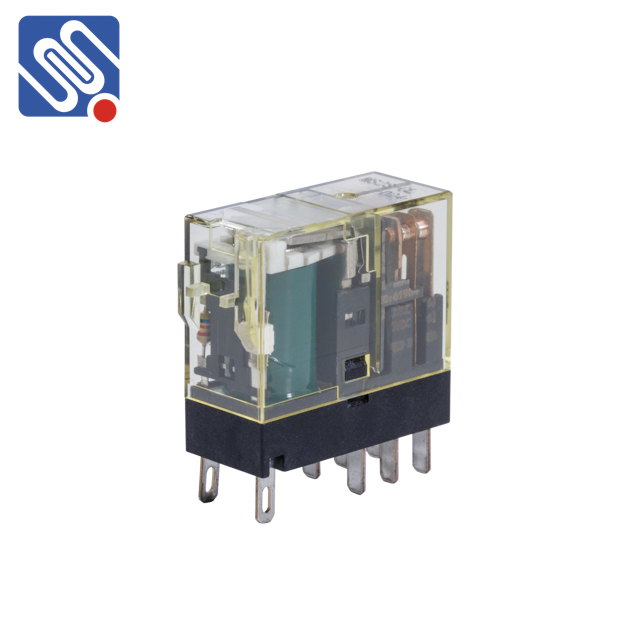Relay type selection is a crucial process in designing electrical and electronic systems that require switching or controlling circuits. A relay, essentially an electrically operated switch, plays a pivotal role in automating and controlling systems with low-power signals. Understanding how to select the right type of relay is vital to ensure optimal performance, reliability, and longevity of your system. In this article, we will explore the key considerations in relay type selection, helping you make informed decisions for your applications.

1. Application Requirements The first step in relay type selection is identifying the specific needs of the application. Different relays are suited for different tasks, from simple on/off switching to complex control of multiple circuits. For instance, general-purpose relays are ideal for applications where standard switching is required, whereas specialized relays like solid-state relays (SSRs) or reed relays are better for more specific applications that demand faster switching or higher reliability. Solid-state relays, for example, are excellent choices when a fast response time is critical, as they have no moving parts and can switch much faster than mechanical relays. On the other hand, mechanical relays are better suited for high-power switching applications where they can handle larger currents and voltages.